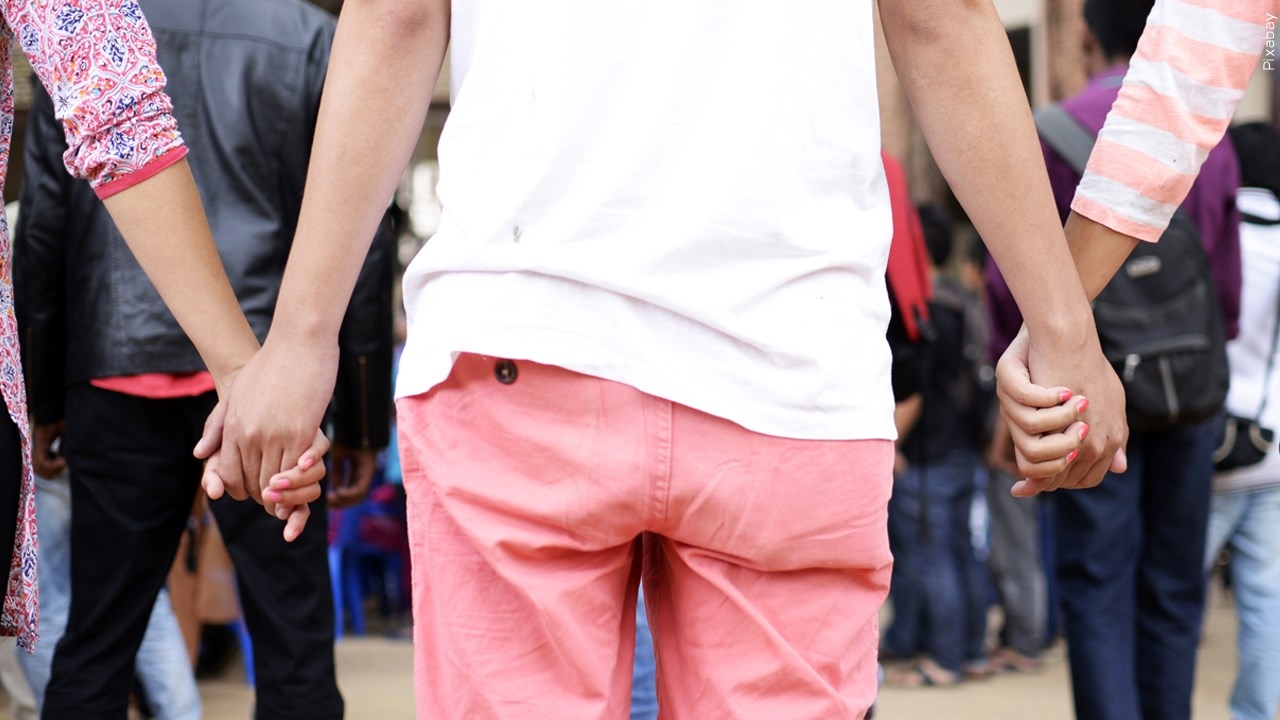Minnesota deaths by suicide rose in 2021 and 2022, MDH says

(Pixabay / MGN)
Minnesota health officials are calling more attention to resources that are available for those wanting help after newly released data showed an increase in deaths by suicide both in 2021 and 2022.
The Minnesota Department of Health noted that the rate of suicide in the state dropped in 2020 but increased again each of the past two years, with preliminary data showing a rate of 14.3 suicides per 100,000 last year, which nearly matches the state’s highest rate of 14.4 in 2019.
Overall, the number of suicides has been steadily increasing both in Minnesota and across the U.S. over the past 20 years, health officials say, and it was Minnesota’s eighth leading cause of death from 2011 to 2021.
Over the past two years, at least 1,643 Minnesotans died by suicide, according to MDH’s data.
“Suicide is a significant public health issue that involves the tragic loss of human life,” MDH Commissioner Dr. Brooke Cunningham said. “It is important for us to take a comprehensive public health approach to suicide prevention that supports connectedness, belonging and protections from lethal means.”
MDH also notes that suicide doesn’t affect all groups the same, as the rate for males in the state was roughly four times higher than the rate for females last year, and women have accounted for 65% of self-harm attempts treated by hospitals from 2016 through 2020. Also, in 2021, American Indian or Alaska Natives had a higher suicide rate than other races and ethnicities in the state.
The department recently released its 2023-2027 suicide prevention plan, which outlines two primary goals:
Improving, expanding and coordinating suicide prevention infrastructure in the state, and
Preventing Minnesotans from having suicidal experiences while improving the lives of those who are struggling so all know that help is available and healing is possible.
Part of that plan focuses on supporting suicide prevention efforts like the 988 Suicide and Crisis Lifeline, suicide prevention training in communities and the Zero Suicide initiative.
Because of the role that guns play, particularly in the deaths by suicide involving males, MDH says it also supports Counseling on Access to Lethal Means (CALM) training, which promotes strategies for removing or reducing access to the methods people use, like guns and medication. Gun locks and safe storage are also priorities, and the Minnesota Department of Public Safety helps support that by offering up to three free gun locks per person online.
Nobody is alone, and as mentioned, there are many resources ready to help anyone who wants it.
Here is a list of suicide prevention and mental health resources:
- 988 Suicide and Crisis Lifeline at 988
- Crisis Text Line – Text MN to 741741 to connect with a trained crisis counselor to receive free, 24/7 crisis support via text message.
- Minnesota Department of Human Service’s adult mental health resources
- The National Alliance on Mental Illness (NAMI) – Minnesota
- Veterans Crisis Line at 988, Option 1 or by texting 838255
- Minnesota Farm and Rural Mental Health Helpline at 833-600-2670 or by texting “FarmStress” to 898211
If you believe someone is at risk of suicide, the U.S. Department of Health and Human Services suggests you:
- Ask questions about whether the individual is having suicidal thoughts.
- Call the U.S. National Suicide Prevention Lifeline at 988 or 1-800-273-TALK (8255).
- Seek help from a medical or mental health professional. If it is an emergency situation, take the person to a hospital.
- Remove any objects from a person’s home that could be potentially used in a suicide.
- Do not leave the person alone, if possible, until help is available.